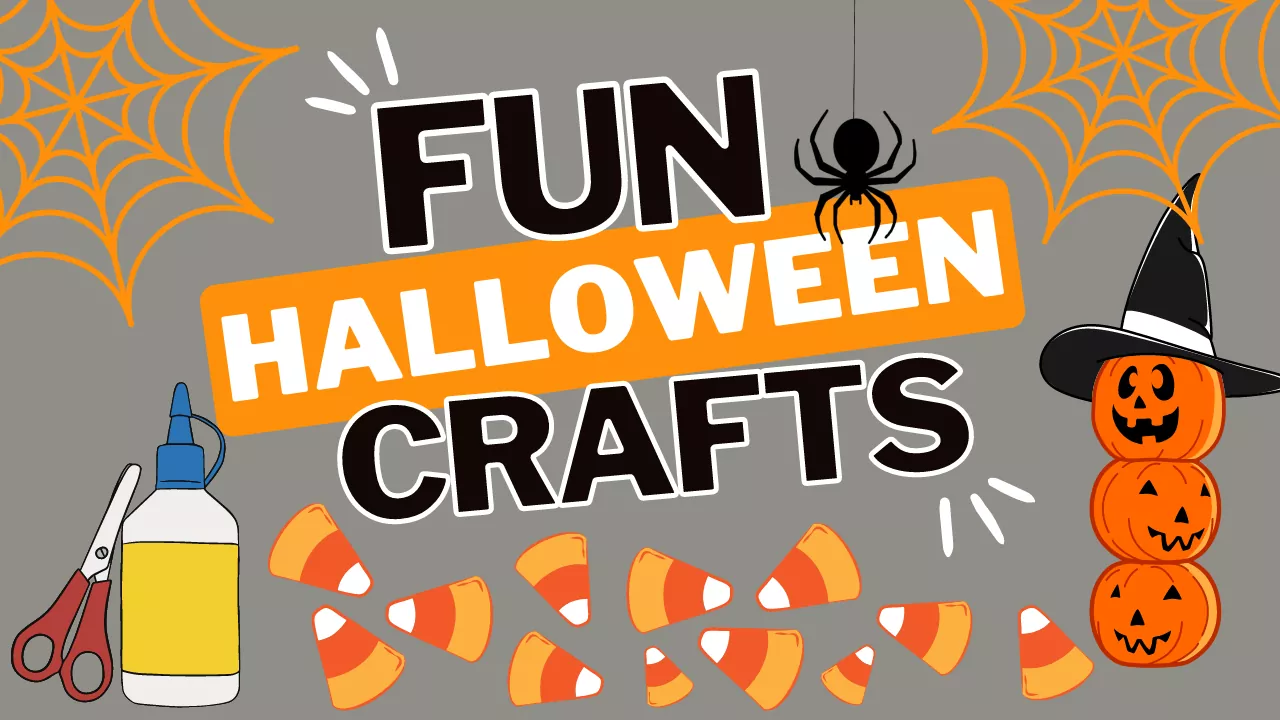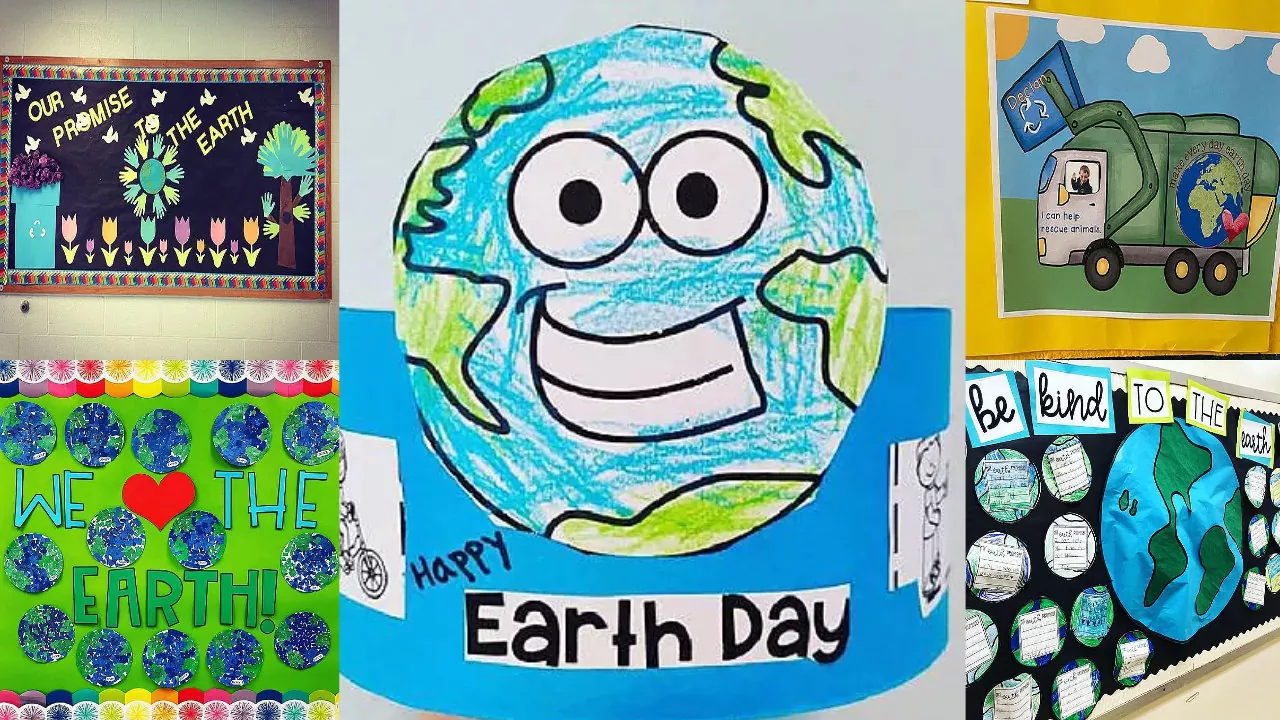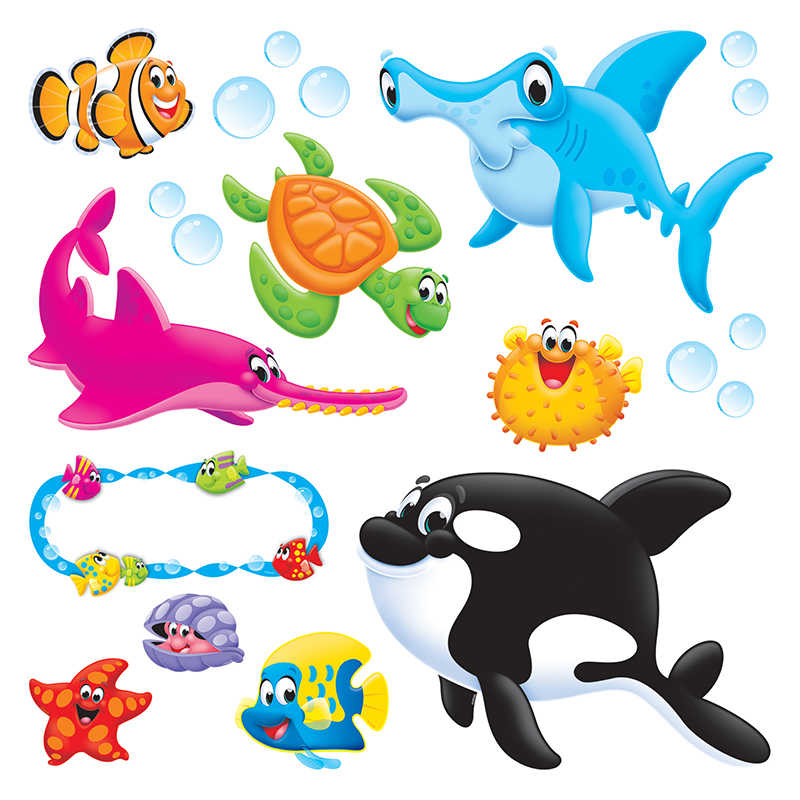ANIMALS – THE ANIMAL KINGDOM
Author(s) Betty Reeves
The activities in this book explain elementary concepts in the study of animals, including classification, vertebrates and invertebrates, animal skeletons, habitats and homes, animal young, behavior, hibernation, migration, senses, defenses, and diets.
General background information, suggested activities, questions for discussion, and answers are included.
Encourage students to keep completed pages in a folder or notebook for further reference and review.
Modern scientists group all living things into five large kingdoms. Within this big design, animals make up one kingdom of creatures.
Animals may be vertebrates (with spines) or invertebrates (without spines). Most animals develop from embryos and have specialized cells.
- List the vertebrates shown on the tree.
- Which vertebrates spend all their lives on land?
- Which vertebrates spend all their lives in the water?
- Which vertebrates spend part of their lives on land and part of their lives in the water?
WORKSHEET & Sample PDF Activity
[adinserter block=”2″]
Sample PDF Activity
[adinserter block=”3″]
ANIMALS – CLASSIFICATION
There are a million or so different animals in the animal kingdom. Scientists classify animals in the following way:
Phylum: Each phylum is broken down into classes.
Class: Classes are divided into orders.
Order: Orders are divided into families.
Family: Families are divided into genera.
Genus: Genera are divided into species.
Species
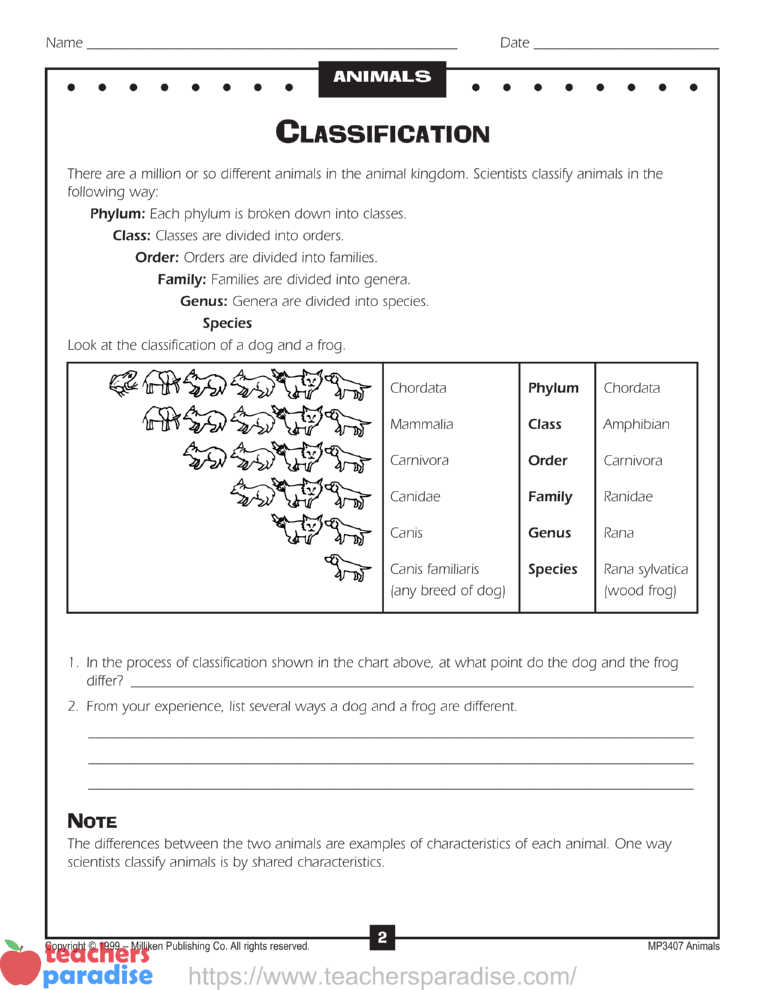
Look at the classification of a dog and a frog.
- In the process of classification shown in the chart above, at what point do the dog and the frog
differ? - From your experience, list several ways a dog and a frog are different.
NOTE:
The differences between the two animals are examples of characteristics of each animal. One way scientists classify animals is by shared characteristics.
ANIMALS – VERTEBRATES AND INVERTEBRATES
The major characteristic that divides the animal kingdom is a backbone. It divides animals into two main groups called vertebrates and invertebrates.
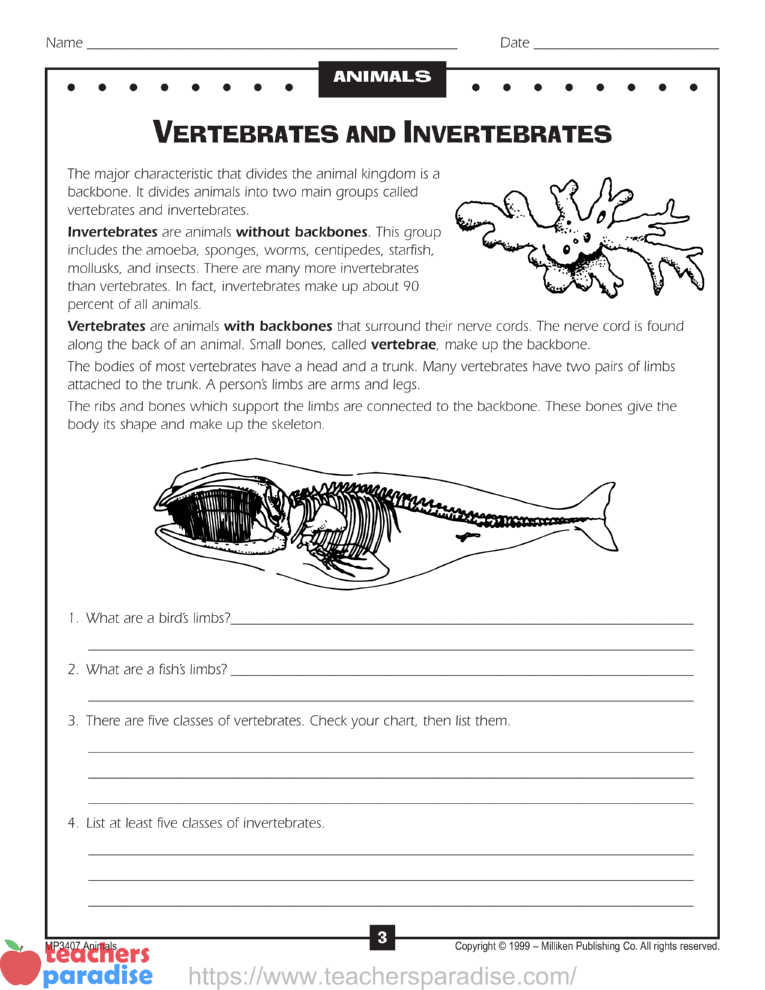
Invertebrates are animals without backbones. This group includes the amoeba, sponges, worms, centipedes, starfish, mollusks, and insects. There are many more invertebrates than vertebrates. In fact, invertebrates make up about 90 percent of all animals.
Vertebrates are animals with backbones that surround their nerve cords. The nerve cord is found along the back of an animal. Small bones, called vertebrae, make up the backbone. The bodies of most vertebrates have a head and a trunk. Many vertebrates have two pairs of limbs attached to the trunk. A person’s limbs are arms and legs. The ribs and bones which support the limbs are connected to the backbone. These bones give the body its shape and make up the skeleton.
- What are a bird’s limbs?
- What are a fish’s limbs?
- There are five classes of vertebrates. Check your chart, then list them.
- List at least five classes of invertebrates.
TABLE OF CONTENTS
The Animal Kingdom …………………………….1
Classification………………………………………..2
Vertebrates and Invertebrates …………………3
Animal Skeletons ………………………………4, 5
Characteristics of Vertebrates ………………6, 7
Crossword Review ………………………………..8
Cold- and Warm-Blooded Animals …………..9
Animal Diets ………………………………………10
Animal Teeth ……………………………………..11
Review ……………………………………………..12
Biomes ……………………………………………..13
Habitats and Homes……………………………14
The Oak Tree……………………………………..15
A New Habitat …………………………………..16
Life Cycles …………………………………………17
Animal Young……………………………….18, 19
Animal Behavior …………………………………20
Migration ………………………………………….21
Hibernation ……………………………………….22
Crossword Review ………………………………23
Animal Senses ……………………………………24
Animal Defenses…………………………………25
How Animals Travel …………………………….26
Interesting Animal Facts……………………….27
Review ……………………………………………..28
Animals Background Material………………..29
Answers ……………………………………………31







